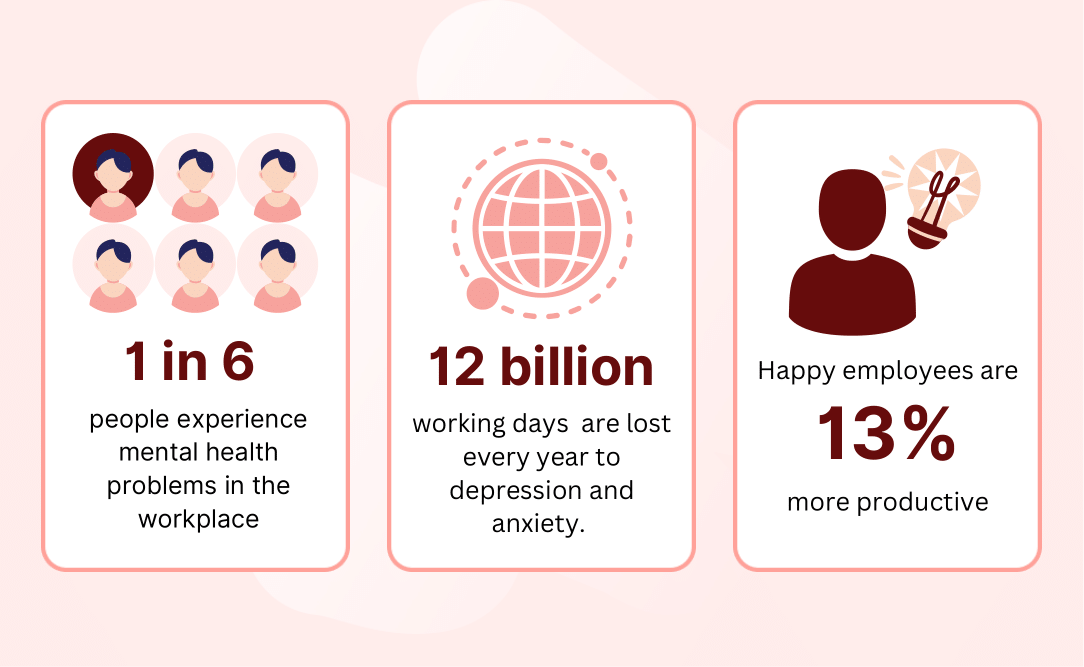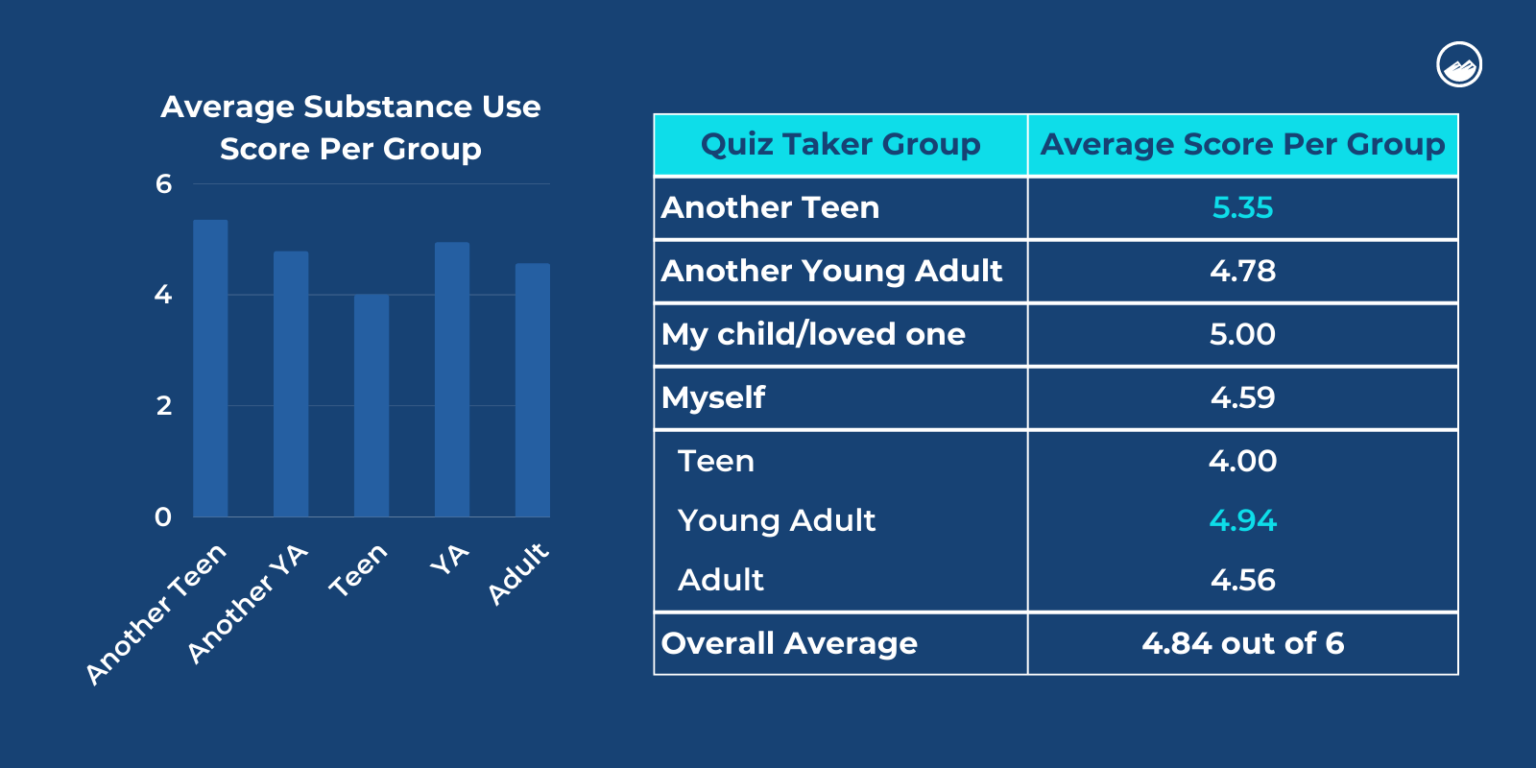Anxiety Statistics 2023: Understanding the Impact of Anxiety Disorders
The word “anxiety” often conjures images of unease and restlessness, but it’s more than a fleeting feeling of apprehension. Anxiety disorders are complex mental health conditions that affect millions of individuals worldwide, and the statistics for 2023 reveal the gravity of this issue.
In this comprehensive exploration, we’ll unveil the latest Anxiety Statistics for 2023 to provide you with a deeper understanding of the impact of these disorders on both individuals and society as a whole. Buckle up as we delve into the intricate web of anxiety, from its diverse forms to its profound influence on the human experience.

The Spectrum of Anxiety Disorders
Diverse Forms of Anxiety Disorders
Anxiety disorders are not a monolithic entity. They encompass a spectrum of conditions, each with its unique characteristics and challenges. Let’s unravel this spectrum and understand the key players:
- Generalized Anxiety Disorder (GAD): GAD is the relentless undercurrent of excessive worry and anxiety about everyday life, often without a specific cause or trigger.
- Panic Disorder: Individuals with panic disorder experience sudden and intense bouts of fear, often accompanied by physical symptoms like a racing heart and shortness of breath.
- Social Anxiety Disorder: This disorder revolves around an intense fear of social situations and judgment by others, leading to avoidance of such scenarios.
- Obsessive-Compulsive Disorder (OCD): OCD involves intrusive thoughts (obsessions) and repetitive behaviors (compulsions) aimed at reducing anxiety.
- Post-Traumatic Stress Disorder (PTSD): PTSD results from exposure to a traumatic event, leading to distressing flashbacks, nightmares, and severe anxiety.
Impact of Anxiety on Daily Life
| Aspect | Percentage of Individuals Affected |
|---|---|
| Workplace Performance | 38% |
| Academic Performance | 27% |
| Social Relationships | 45% |
| Overall Quality of Life | 55% |

Prevalence and Incidence of Anxiety Disorders
The burden of anxiety disorders extends far and wide, impacting people of all walks of life. To grasp the magnitude of this issue, we need the latest statistics:
- Global Burden of Anxiety Disorders: Anxiety disorders affect millions of individuals worldwide, contributing significantly to the global burden of disease.
- Latest Statistics on Anxiety Cases: The numbers for 2023 tell a tale of an ever-growing issue, underlining the urgency of addressing anxiety.
- Common Anxiety Disorders Prevalence
| Anxiety Disorder | Prevalence in 2023 |
|---|---|
| Generalized Anxiety Disorder | 6.2% |
| Social Anxiety Disorder | 5.7% |
| Panic Disorder | 2.9% |
| Obsessive-Compulsive Disorder | 1.8% |
| Post-Traumatic Stress Disorder | 3.1% |
Key Anxiety Disorder Risk Factors
| Risk Factor | Impact on Anxiety Risk |
|---|---|
| Family History | Moderate Increase |
| Traumatic Events | Significant Increase |
| Chronic Stress | High Increase |
| Substance Abuse | Moderate Increase |
| Childhood Adversity | Significant Increase |
Data Sources and Collection Methods
Understanding anxiety statistics requires a peek behind the scenes into how this data is collected and reported. A multitude of sources and methodologies contribute to these revealing figures:
Government Health Agencies: Government entities like the World Health Organization (WHO) and national health departments conduct comprehensive surveys and studies to collect data on anxiety disorders.
Research Organizations and Surveys: Various research organizations, including universities and non-profits, engage in anxiety-related studies and use surveys to gather valuable information.
Mental Health Clinical Data: Clinical data from mental health facilities and healthcare providers play a crucial role in understanding the prevalence and characteristics of anxiety disorders.
The Global Perspective
Regional Disparities in Anxiety Prevalence
Anxiety transcends borders, yet its prevalence varies widely across different regions of the world:
- Variations Across Continents: Anxiety rates are not uniform, with some continents experiencing a higher prevalence than others. These regional differences reveal insights into the complex interplay of societal, cultural, and environmental factors.
- High-Anxiety Regions: Specific areas within continents may exhibit higher-than-average anxiety prevalence, shedding light on localized influences.
Global Anxiety Statistics
| Region | Anxiety Prevalence (2023) |
|---|---|
| North America | 18% |
| Europe | 15% |
| Asia | 23% |
| South America | 21% |
| Africa | 20% |
| Oceania | 17% |
Cultural and Societal Influences
Cultural norms and societal attitudes play a significant role in shaping how anxiety is perceived and experienced:
- Cultural Perception of Anxiety: Different cultures have varying views on anxiety, from stigmatization to normalization. Understanding these perspectives is critical for effective intervention.
- Coping Mechanisms Across Cultures: The strategies and mechanisms individuals employ to deal with anxiety can differ drastically between cultures. These insights can inform culturally sensitive treatment approaches.
Demographics and Anxiety
Age Groups and Anxiety
Anxiety doesn’t discriminate by age, but its prevalence can vary significantly across life stages:
- Children and Adolescents: Anxiety can affect children and adolescents, potentially interfering with their developmental journey.
- Adults: Anxiety remains a prominent issue in the adult population, impacting daily life and overall well-being.
- Older Adults: Anxiety in the elderly population often goes unnoticed but deserves special attention for the unique challenges it poses.

Gender Differences in Anxiety
Gender is another factor influencing anxiety, with differences in prevalence and symptom expression:
- Gendered Anxiety Prevalence: Some anxiety disorders, such as generalized anxiety disorder, are more common in one gender than the other.
- Gender and Coping Strategies: Men and women may employ different coping mechanisms in response to anxiety, and understanding these variations is vital for tailored treatment.
Socioeconomic Factors and Anxiety
Socioeconomic status can shape the experience of anxiety in significant ways:
- Economic Disparities: Socioeconomic factors can influence the prevalence of anxiety, with individuals from disadvantaged backgrounds often facing greater challenges.
- Access to Healthcare: Socioeconomic status affects access to mental health care, impacting the diagnosis and management of anxiety disorder.
- Anxiety Treatment Methods
| Treatment Type | Effectiveness Rate (2023) |
|---|---|
| Therapy | 72% |
| Medication | 65% |
| Self-Help Strategies | 48% |
Comorbidities and Their Complex Web
Anxiety rarely exists in isolation, often intertwining with other mental health issues and physical conditions:
Anxiety Disorders Co-occurring with Other Mental Health Issues
- The Intricate Web: Anxiety frequently co-occurs with other mental health conditions, complicating diagnosis and treatment.
- Common Comorbidities: Disorders like depression, substance use disorders, and eating disorders often co-occur with anxiety.
Physical Health Comorbidities and Anxiety
- Physical Health Implications: Anxiety can lead to physical health problems, with cardiovascular issues and gastrointestinal disorders being notable examples.
- Bridging the Gap: Understanding the connection between physical and mental health is crucial for comprehensive patient care.




